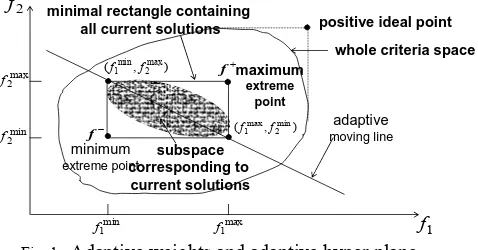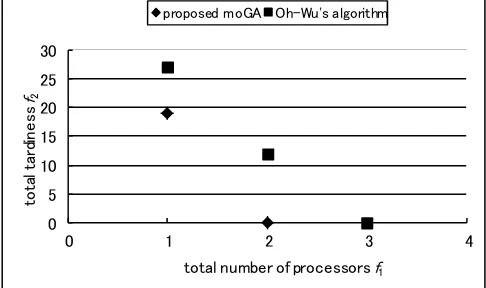Multiobjective GA for Real Time Task Scheduling
Full text
Figure



Related documents
1) Selection of Objective Task: In this paper, we investi- gate the bag-of-tasks scheduling problem, and the objective of scheduling algorithm is minimize makespan of thed tasks.
This instance of the class Problem represents the scheduling problem on parallel identical processors where the tasks have precedence constraints and the objective is to minimize
The exact feasibility condition of FTRM is directly applicable to partitioned multiprocessor scheduling during assignment of task to the processors, for ex- ample, during assignment
In order to utilize the power of Cloud computing completely, need an efficient task scheduling algorithm to assign tasks to resources.. This paper focuses on the efficient task
Many theoretical results provide such guarantees for different classes of systems, relying on different scheduling policies, and with different assumptions about tasks and
Task scheduling problem includes the problem of assigning the tasks of an application to suitable processors and to order the task executions on each resource [6].Given
In this paper, we proposed a new static scheduling algorithm called Leveled DAG Prioritized Task (LDPT) to efficiently schedule tasks on homogeneous distributed
Under severe restrictions on the task graph structure (e.g. all tasks have one input or all tasks have one output), task times, and communication, polynomial time algorithms exist,